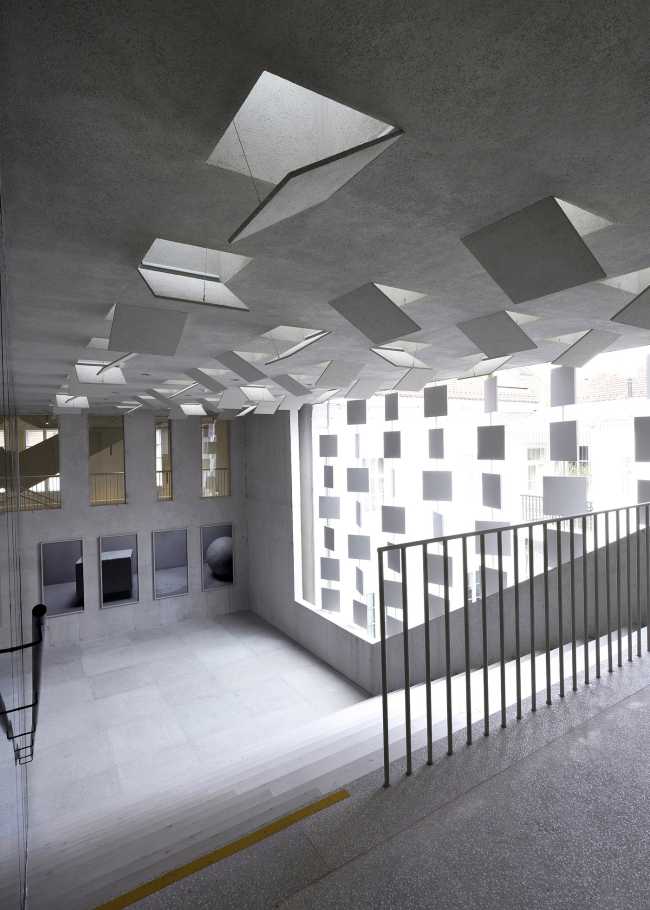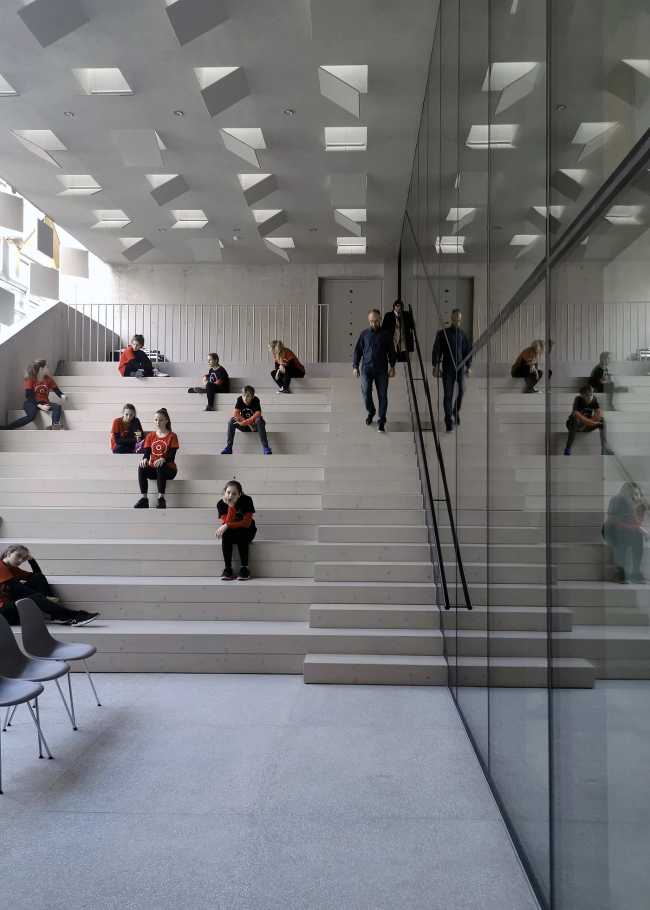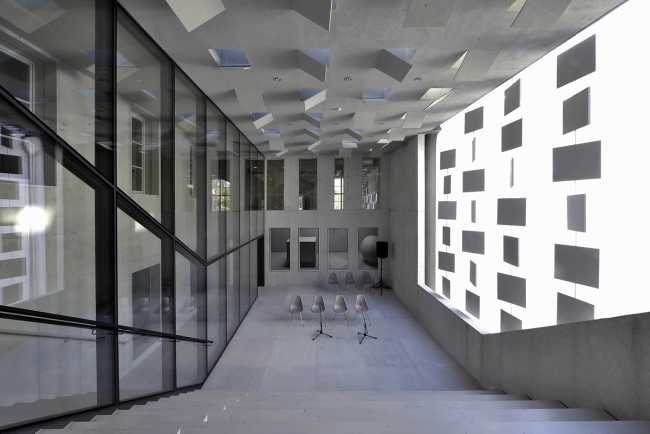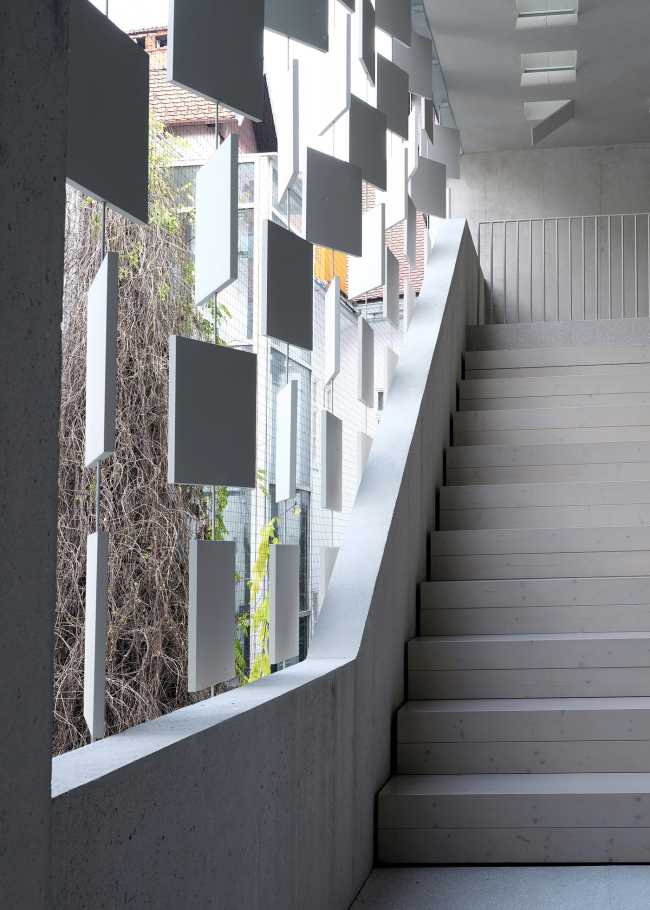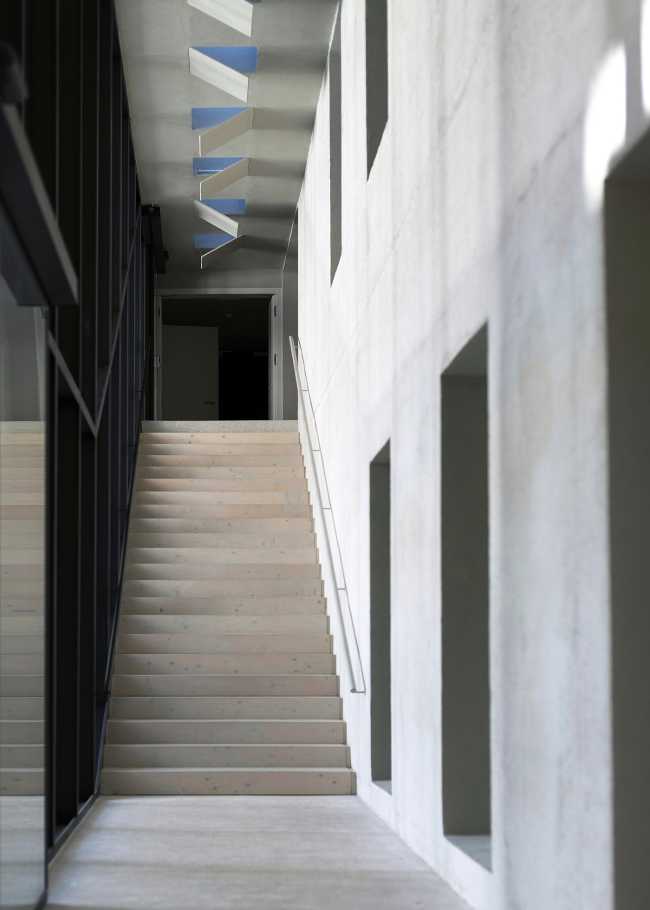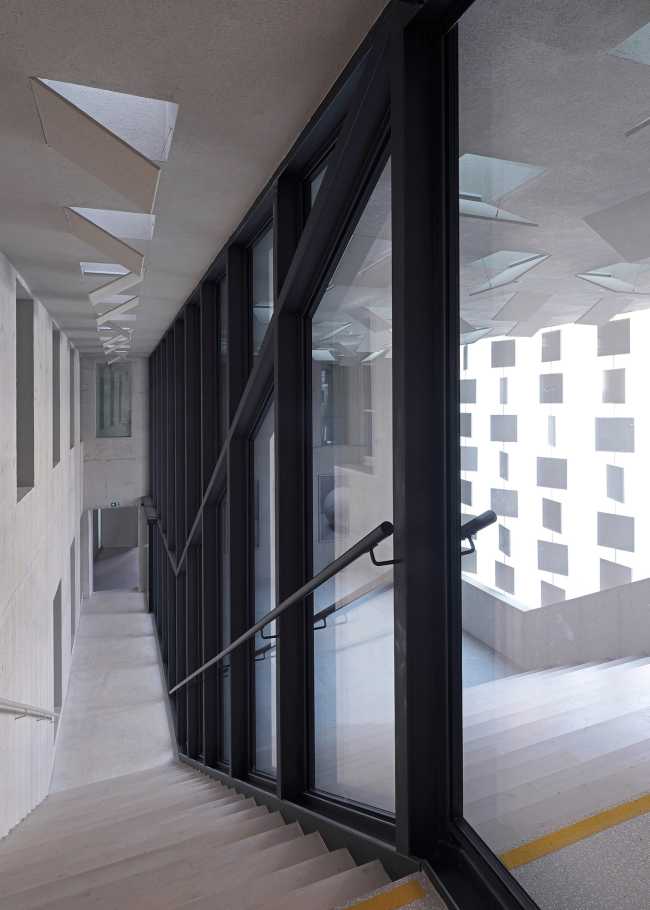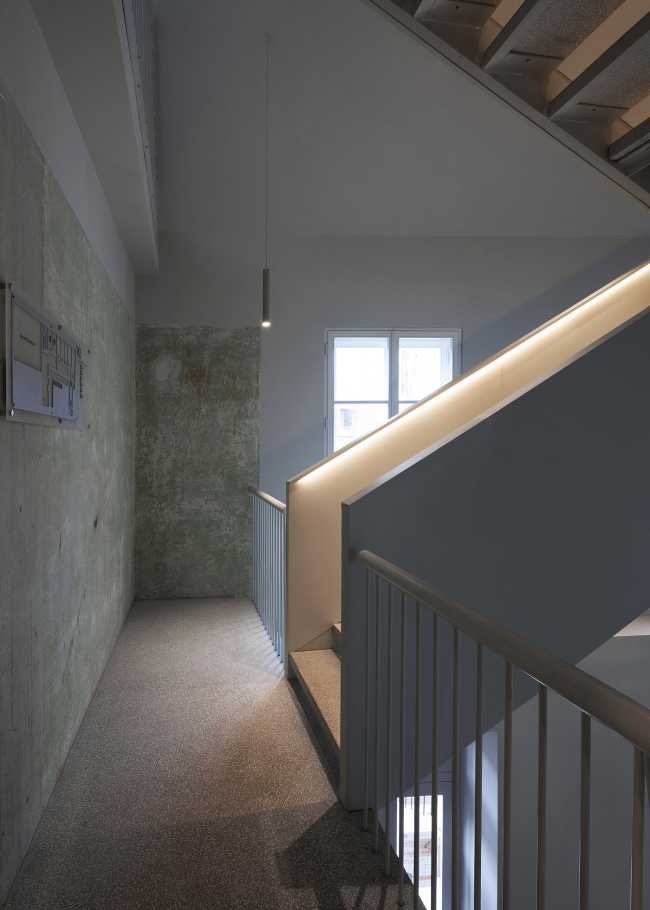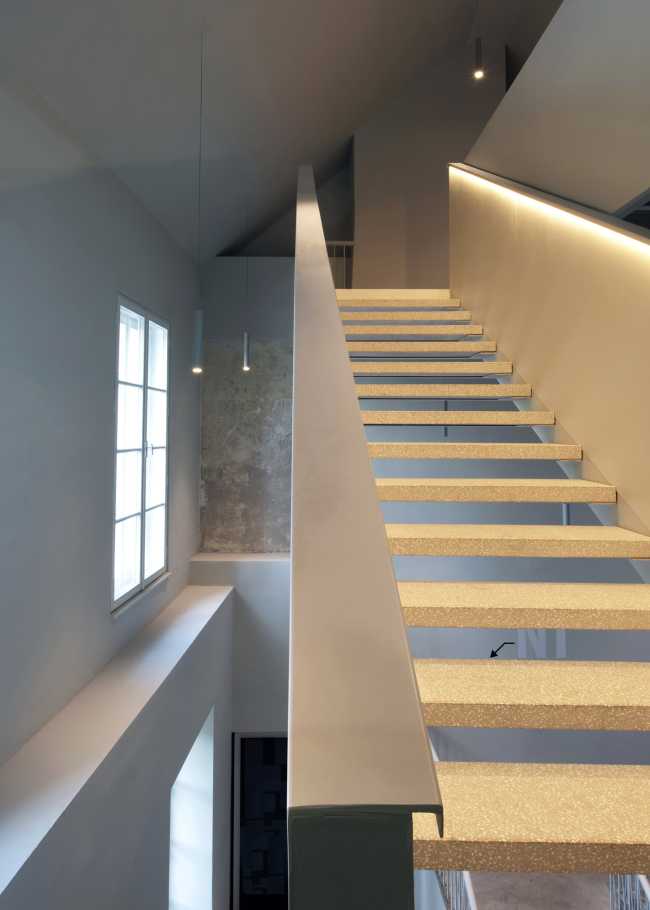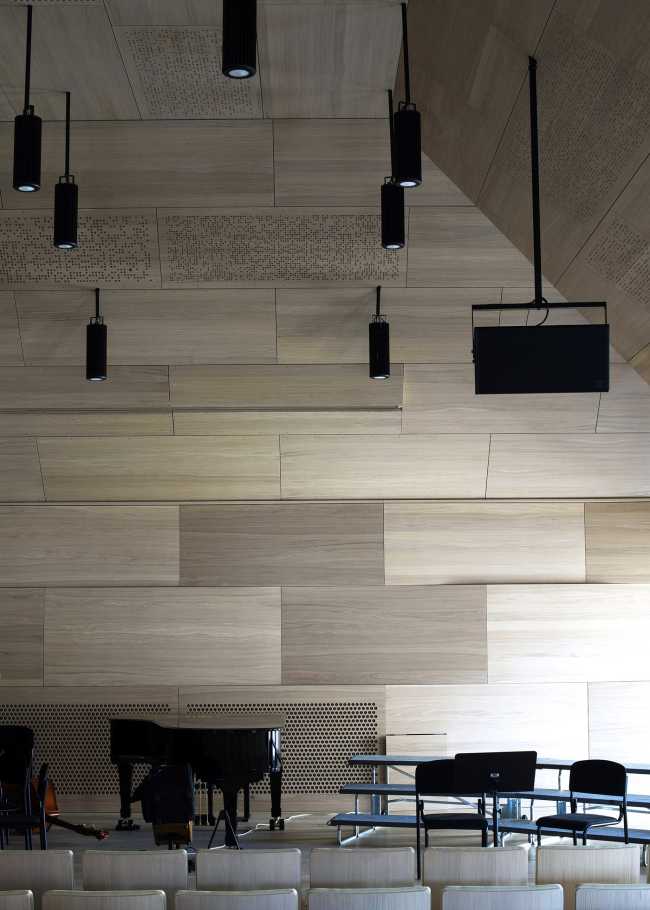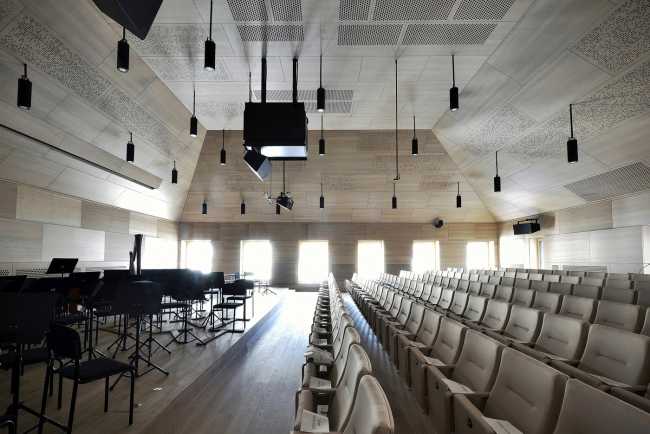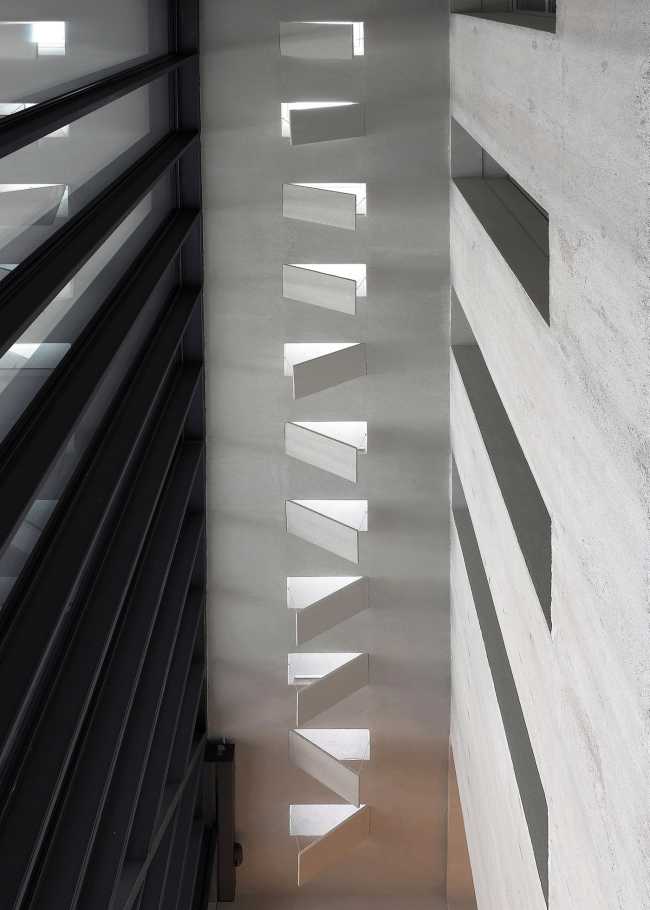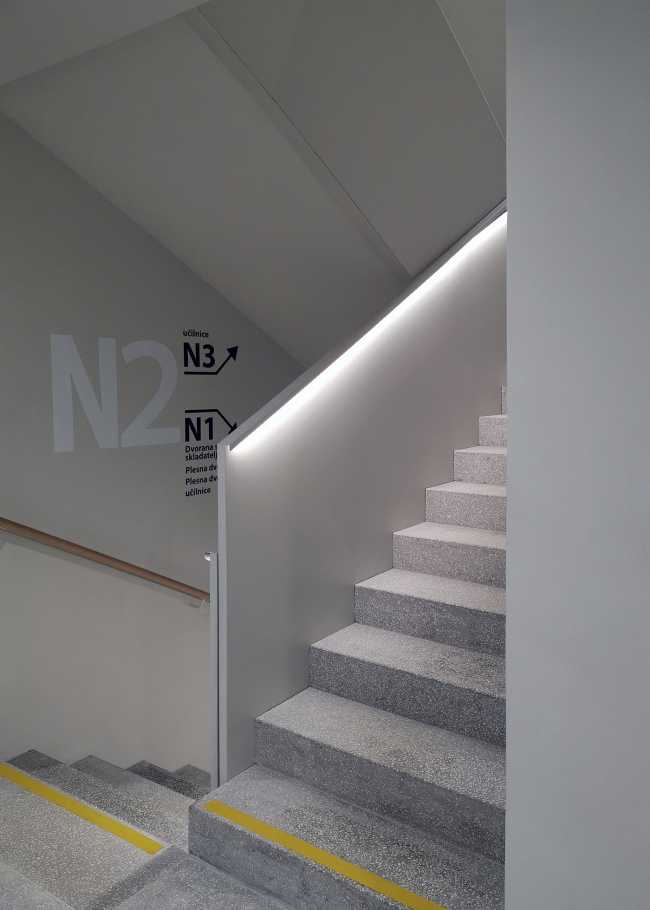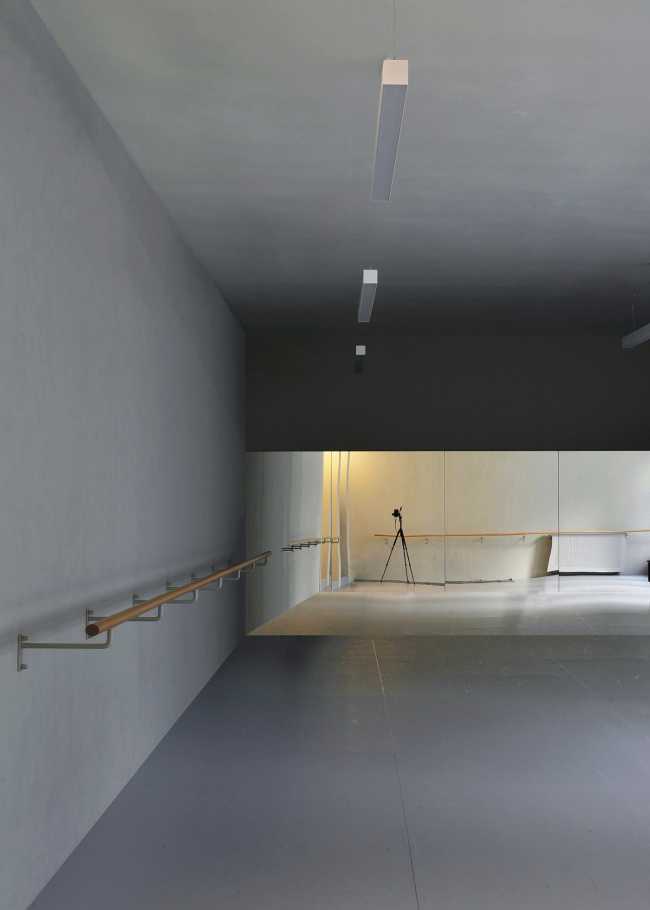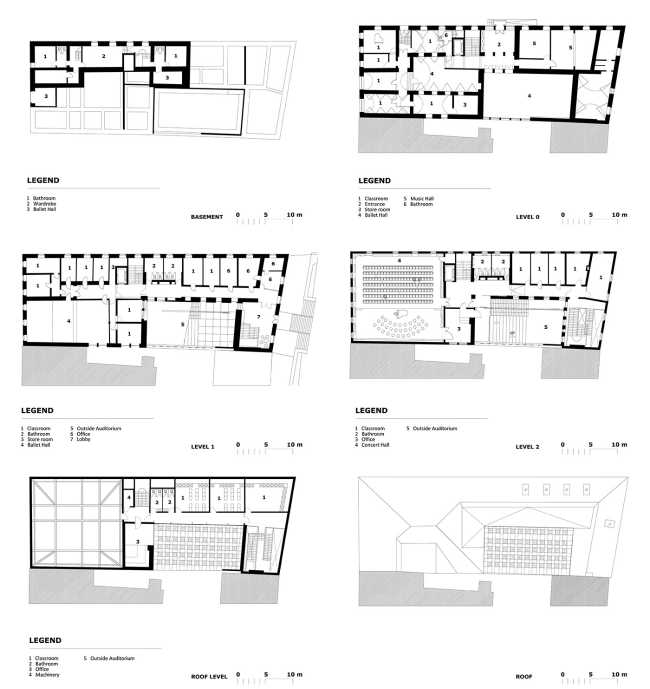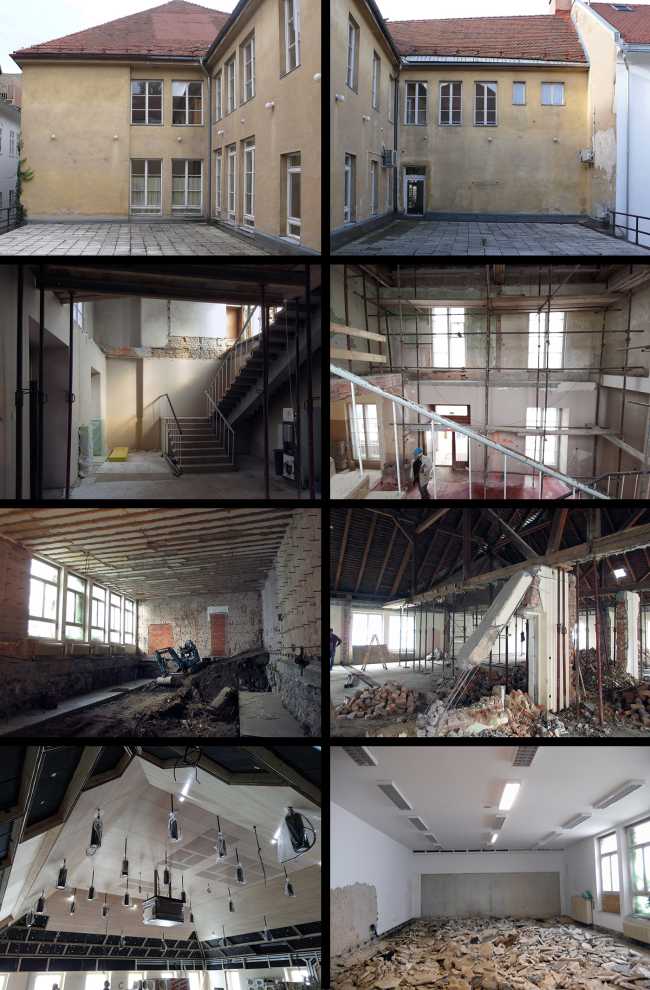The two streets that frame the building feature some significant examples of the work of Slovenia's greatest 20th-century architect, Jože Plečnik; one of his most important works-the University's National Library-is located opposite the Gosposka Street entrance. With this in mind, OFIS arhitekti, commissioned for the renovation project of the Ljubljana Conservatory of Music and Ballet, undertook various challenges of contextualizing historical aspects of the building's surroundings by bringing them back into the building
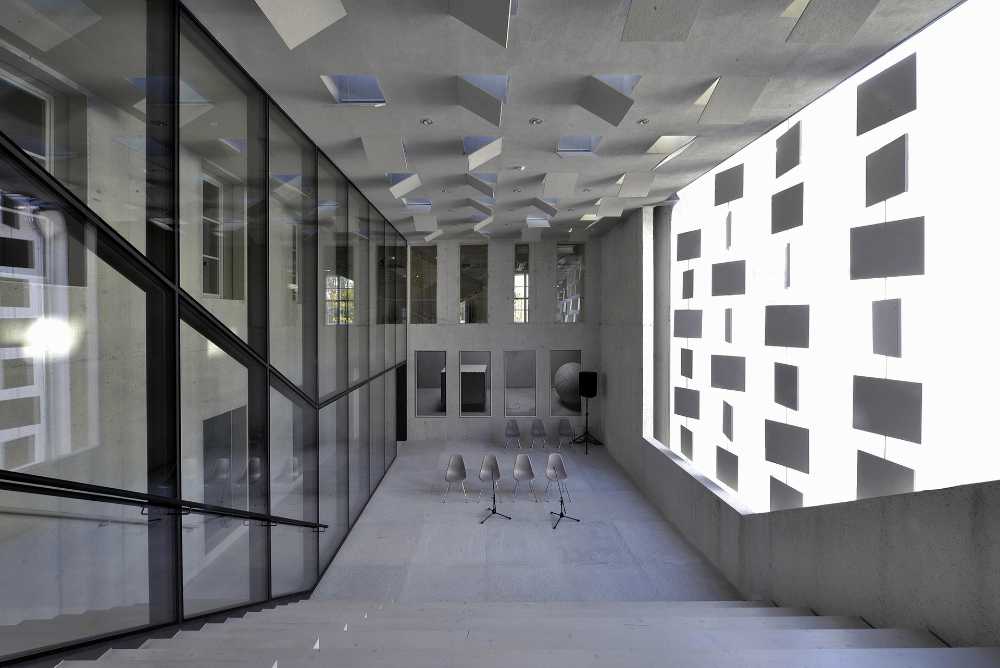

New vitality for the Ljubljana Conservatory of Music and Ballet: the sharing of art and music through a renovated space
The Ljubljana Conservatory of Music and Ballet, built in 1919, is one of the oldest music schools in Slovenia. Located in the vicinity of other historical buildings and important monuments, its renovation has aimed at improving the existing program and some technical features of the school facilities, while maintaining the original volume and structure
- #Europe
- #Slovenia
- #Architectures
- #Building recovery
- #Culture and Services
- #Auditorium
- #Historical Building
- #Culture and Services
- #Education
- #Restyling
- #Architecture
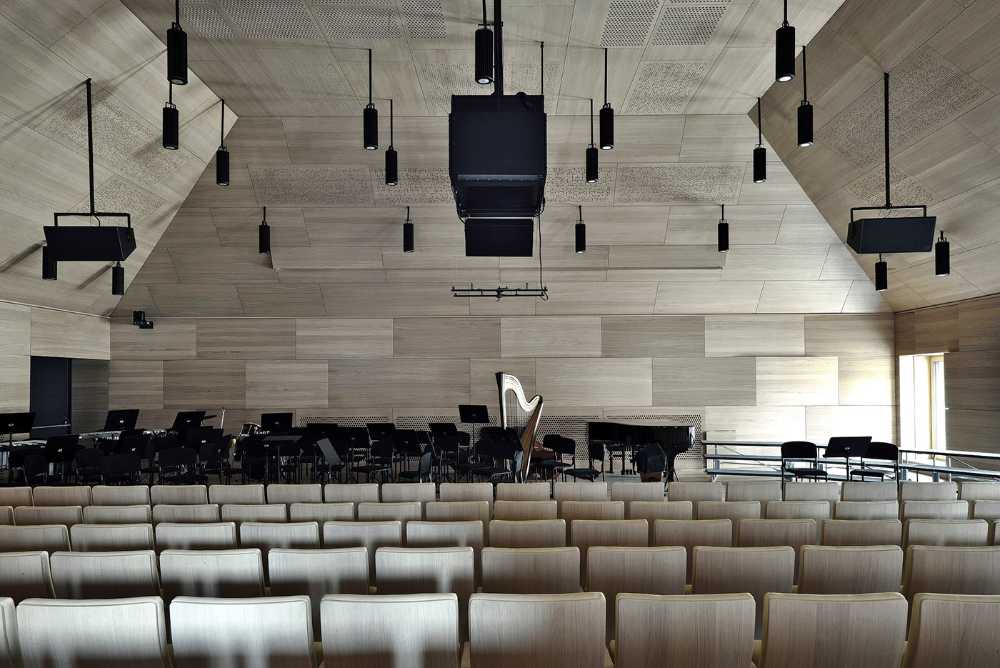
The entire renovation aimed to expand the range of spaces in which to practice music education. The project consists of four distinct architectural interventions: Atrium, the renovation of a previously unused existing terrace; Roof extension, which now provides additional classrooms and offices; Entrance staircase, which now connects the entire building; and finally a new concert hall with sufficient capacity to accommodate larger performances
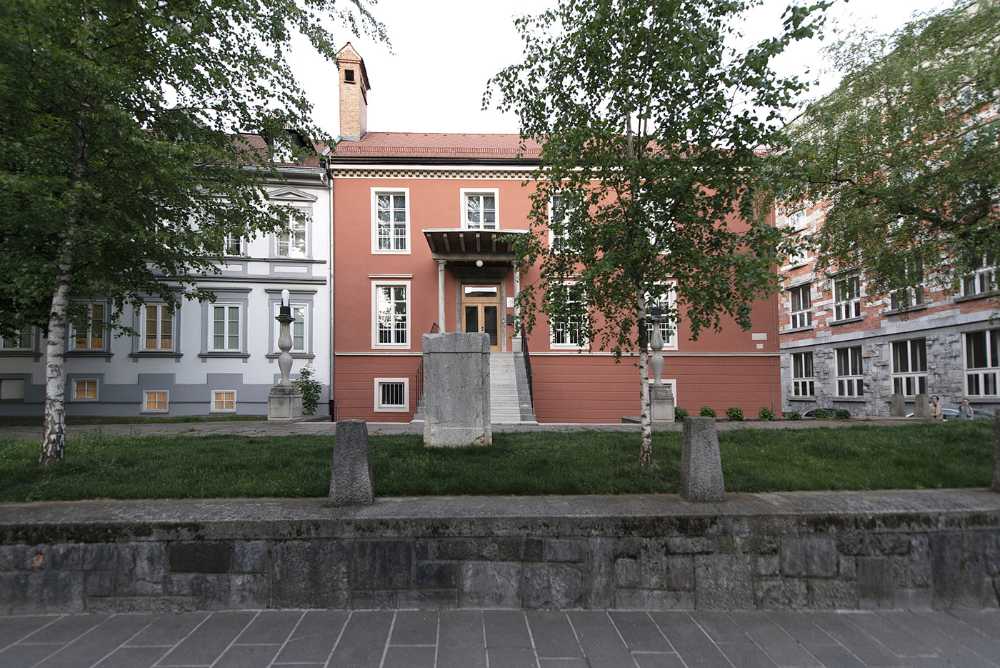
The main intent of the renovation was to improve the distribution of space originally characterized by a conservative school concept, dating back to the Austro-Hungarian monarchy: interaction between people outside the classrooms was minimized because it had something of a detrimental quality. By carefully redesigning some of the main structures within the building, the architects were able to spark the new vitality that is typical of a school that strives to share knowledge among different generations of artists and musicians. One of the most visible overall improvements is the new concert hall. With the help of acoustics experts, the hall was wrapped with a perforated wooden shell in order to ensure high sound quality, as well as to hide some of the ventilation shafts
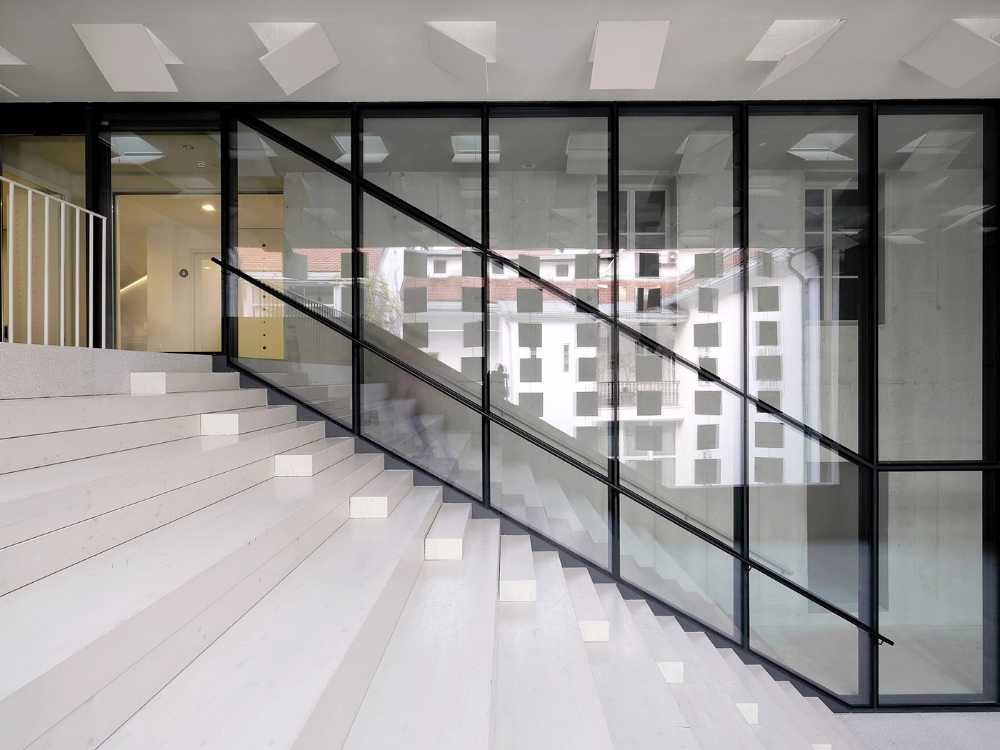
In a place where a simple, rarely used terrace overlooked the inner lobby, the architects arranged an outdoor auditorium with a side staircase and a glass wall. This intervention strongly marks a new experience of the environment, as the building with an outdoor auditorium has acquired a large, open, airy space that merges with the city itself
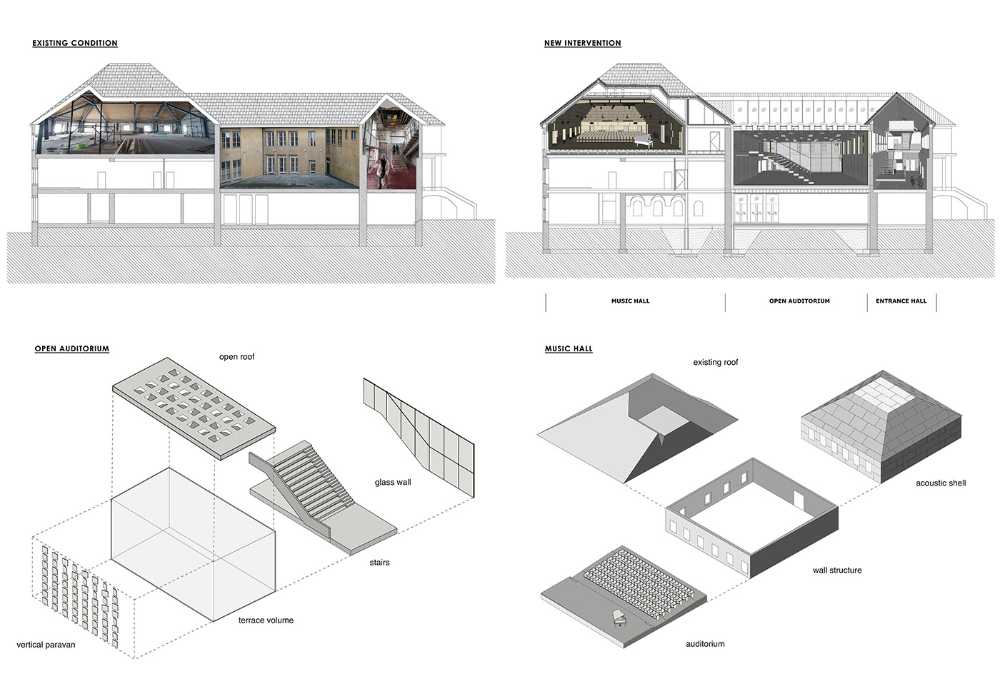
The roof above the auditorium was significantly de-materialized and fitted with light fixtures. The characteristic flap pattern of theatrical light fixtures is repeated in negative on the suspended panels on the auditorium side. In this way, the architecture paraphrases the basic musical structure with its expressive possibilities: the positive and negative can be understood as an allusion to the "question and answer" principle in music
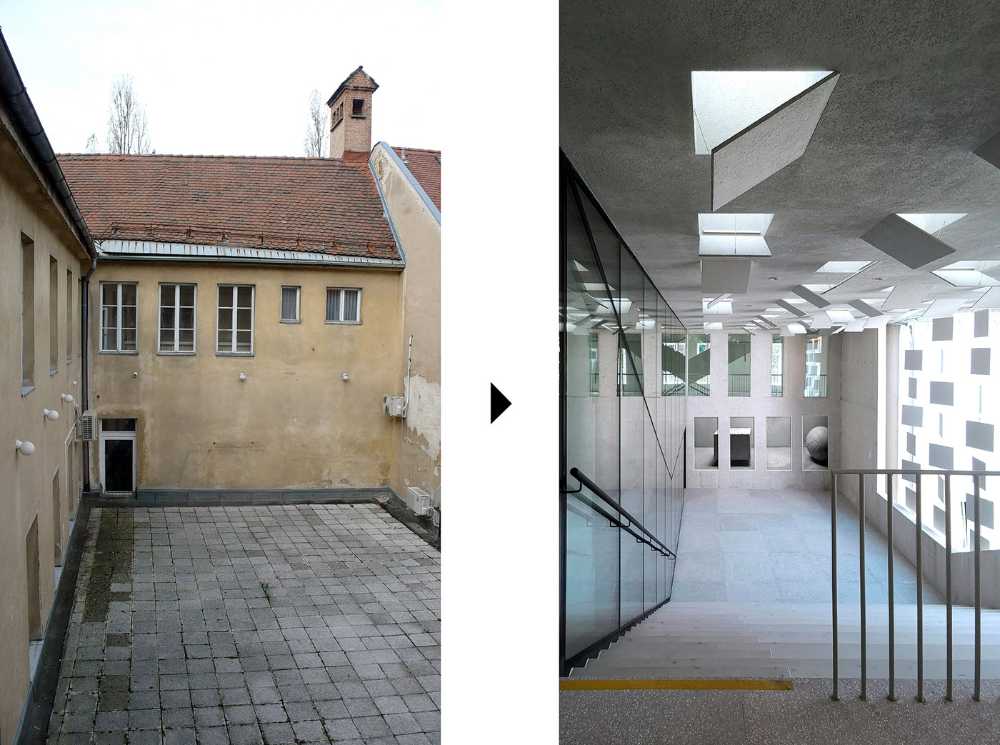
Gallery
Photo credits
Top image: TOMAZ GREGORIC
Content Images: 1, 2, 3 TOMAZ GREGORIC - 4, 5 OFIS arhitekti
Gallery images: 1, 2, 3, 4, 5, 6, 7, 8, 9, 10, 11, 12, 13 TOMAZ GREGORIC - 14, 15 OFIS arhitekti

